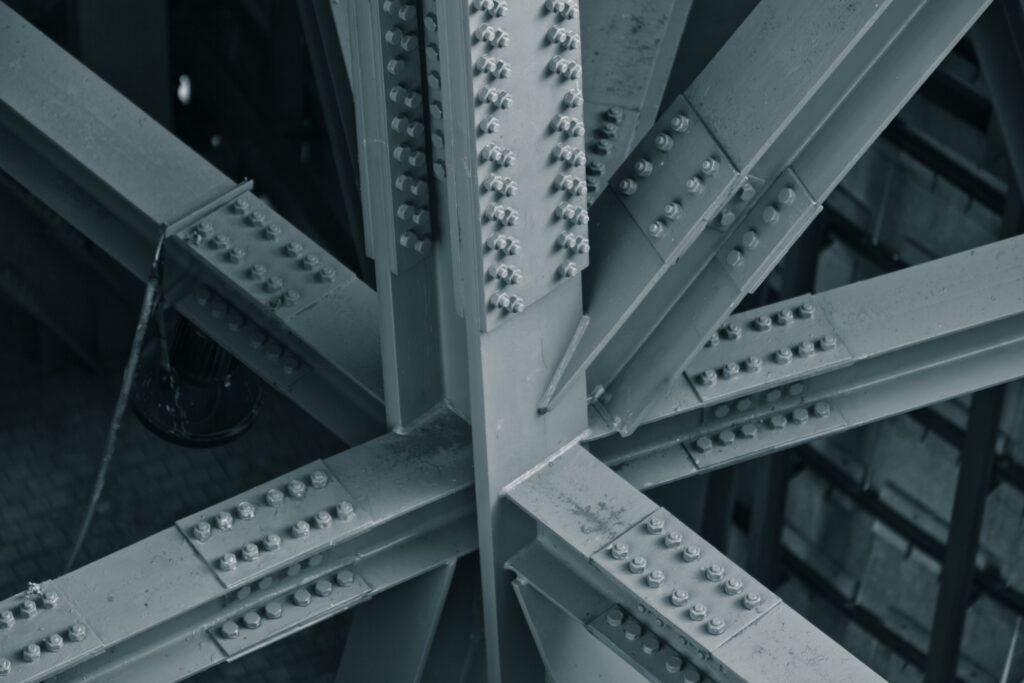Brazilian 2023 bankruptcy landscape marked by preliminary protective injunctions – 2023 Year-End Review Part I
Throughout 2023, several Brazilian distressed companies elected debt restructuring strategies that involved requesting a preliminary injunction to suspend debt enforcement measures, either in advance of a bankruptcy filing or while a ruling admitting a bankruptcy protection request was pending. Several of these requests resulted in major disputes and rulings which are expected to clarify certain provisions in the country’s bankruptcy law, and to guide decisions to be issued in similar cases in the future.
Debtwire’s legal analyst team previously discussed some of the legal issues regarding restricting creditor actions in restructurings across the globe, and provided subscribers with cross-border data generated by Debtwire’s Restructuring Database (RDB) via country-focused restructuring insights reports. In part one of this year-end review series, we take a deeper dive into the key events of 2023 related to the rise of preliminary injunction requests.
2023 pre-insolvency filings
Retailer Americanas SA was the first and one of the highest-profile bankruptcy cases involving Latin American companies in 2023. In the second week of January 2023, the company’s CEO resigned with immediate effect after inconsistencies were detected in accounting entries in the magnitude of around BRL 20bn. The company subsequently filed a precautionary measure with a preliminary injunction request to prevent creditors from taking actions against it. The request was granted by the court handling the case (despite certain creditor objections claiming that the so-called accounting inconsistencies were in fact fraud), and ratified one week later, when Americanas ultimately filed for judicial recovery.
In early February, telecom services provider Oi SA also commenced a precautionary measure in which it was awarded a preliminary injunction prohibiting creditors from commencing or continuing individual lawsuits and any other in-court or out-of-court collection enforcement measures against it. The filing was made less than two months after Oi’s first judicial recovery process ended, and while certain appeals on the case closing decision were still pending. These circumstance led creditors to challenge the company’s ability to file for bankruptcy again, but all objections were rejected and, when the injunction was close to expiring, Oi filed for judicial recovery once again.
In April, electricity services provider Light SA commenced the third and most controversial in-court restructuring proceeding of last year. Notwithstanding explicit restrictions regarding the ability of concessionaires of public electric energy services to file for bankruptcy, the company also filed a precautionary measure to suspend individual debt collection measures. The preliminary injunction request was granted, and was followed by a judicial recovery filing that was made on behalf of the holdco, which set an arguably dangerous precedent for the country’s bankruptcy system.
Finally, during the 4Q23, both shipbuilding company OSX Brasil and petrochemical company Unigel obtained preliminary injunctions in precautionary measures filed in order to suspend debt enforcements against them. In the second case, The request was initially denied by a Sao Paulo bankruptcy court — which could have required a full bankruptcy protection request — but the court reconsidered after Unigel appealed. If debt restructuring negotiations ultimately fail, these companies could be the first big names to file for judicial recovery in 2024 in Brazil.
Stay period protection prior to a bankruptcy filing
In each of the cases mentioned above, the strategy adopted by the companies was filing pre-insolvency proceedings to suspend individual enforcement measures and reaching an out-of-court agreement with their main creditors, as a last resort to avoid a judicial recovery – the traditional Brazilian reorganization proceeding, inspired by the Chapter 11 provisions of the US Bankruptcy Code.
The preliminary injunction to suspend debt collection efforts was introduced in the country’s bankruptcy law through a major reform that became valid in January 2021. Certain novel sections designed to incentivize mediation and conciliation proceedings allow distressed companies to request a provisional remedy to suspend all enforcement and collection lawsuits up to 60 days in advance of a bankruptcy filing, provided that they have already started a mediation or a conciliation proceeding.
In these cases, the provisional remedy to be filed is called “antecedent injunctive relief” (tutela cautelar antecedente). Within the 60-day period, companies are expected to reach an out-of-court agreement with their main creditors, thereby avoiding bankruptcy altogether. If the pre-filing negotiations fail and the company ultimately files for bankruptcy, the 60 days are discounted from the 180-day stay period provided for by law under which the protection request was granted. In the event that a bankruptcy case is filed within the following 360 days, the involved debt and respective guarantees will be reinstated in the originally contracted conditions, discounted by any amount paid throughout the period.
Stay period protection while a bankruptcy request is pending
The law reform also provided for the possibility of obtaining a stay-period protection in the gap between filing for bankruptcy and having the protection request admitted for review, relying on certain novel sections of the bankruptcy law and the Brazilian Civil Procedure Code, which governs precautionary measures and preliminary injunctions in general.
This injunction would last only 30 days and may be pivotal for distressed companies as, in certain cases, the court handling the case may order an examination (pericia previa) of the company’s activities and accounting documentation prior to deciding whether to grant a bankruptcy protection request. The injunction would thus protect the company while the examination is ongoing. To be awarded this protective relief, companies must present cumulative evidence of both fumus boni iuris (presumption of sufficient legal basis) and periculum in mora (risk of imminent and irreparable damage).
This strategy was adopted in early 2023 by brewery and non-alcoholic beverage conglomerate Grupo Petropolis to prevent creditors Siena FIP, Banco Santander, Banco Daycoval, Banco BMG and Banco Sofisa from moving forward with debt enforcement measures while a decision on its judicial recovery request was pending. In the 2H23, tourism and travel e-commerce group 123 Milhas and Southrock Capital, the local operator of both Starbucks and Eataly, also filed for judicial recovery along with preliminary injunction requests aimed to protect the companies against individual debt collection initiatives that could be adopted by creditors while their protection requests were pending with the respective courts.
Caselaw clarifying applicability of new provisions
Despite the fact that the law reform was approved in late 2020 and became valid in early 2021, the applicability of the new rules governing precautionary measures and preliminary injunction requests noted above was not entirely clear. As a result, the protection requests and related-rulings relied on a mix of the alternatives described above.
Specifically, Americanas and Oi requested preliminary injunctions before filing for judicial recovery, but they had not yet commenced mediation or conciliation proceedings with their creditors; in addition, the pre-insolvency proceedings they filed cited sections of the bankruptcy law which should only apply to injunctions to be granted after a judicial recovery filing. Also, Oi’s preliminary injunction was granted for only 30 days, and Light SA’s precautionary measure relied on the Brazilian mediation law, rather than on the bankruptcy law.
In March 2023, a Rio de Janeiro appellate court set a relevant precedent related to the matter, when ruling on appeals filed by certain objecting creditors of Americanas. The decision made it clear that the “antecedent injunctive relief” (to be requested in advance of a bankruptcy filing) and the “incidental injunctive relief” (to be addressed to the court as an urgent request, along with a bankruptcy filing) are different protective decisions that a court may provide a distressed company with, so they must not be confused or mixed as they have diverse objectives and depend on the completion of certain specific requirements.













